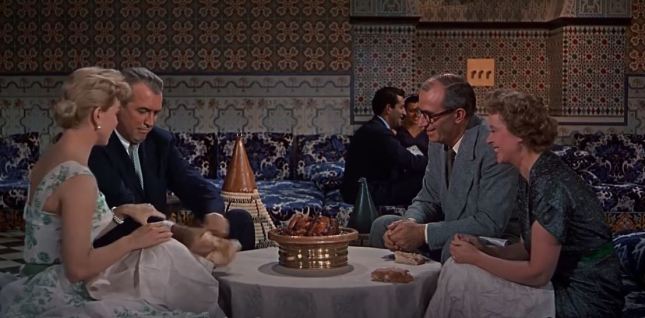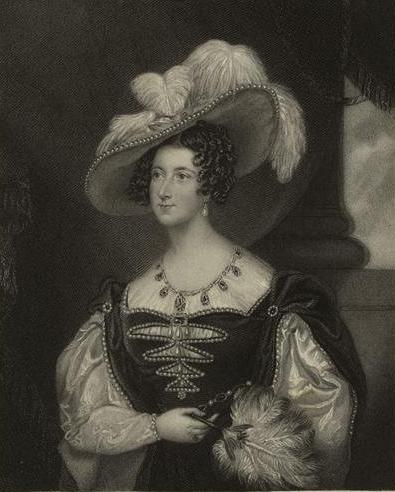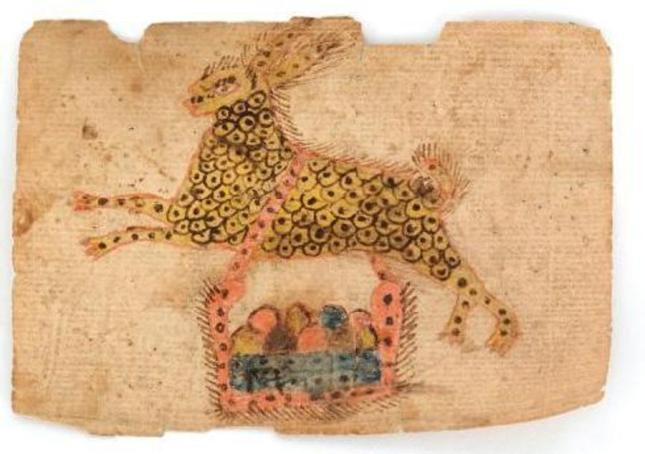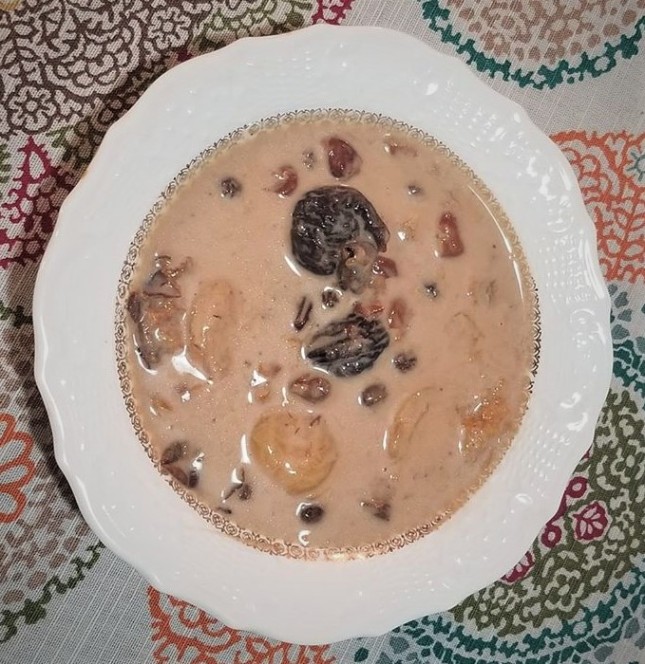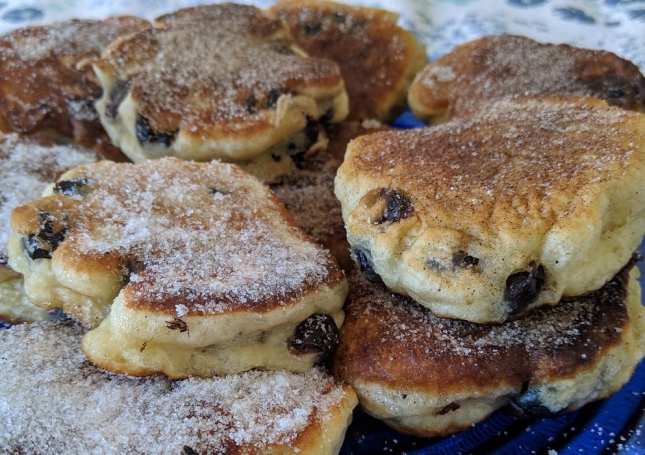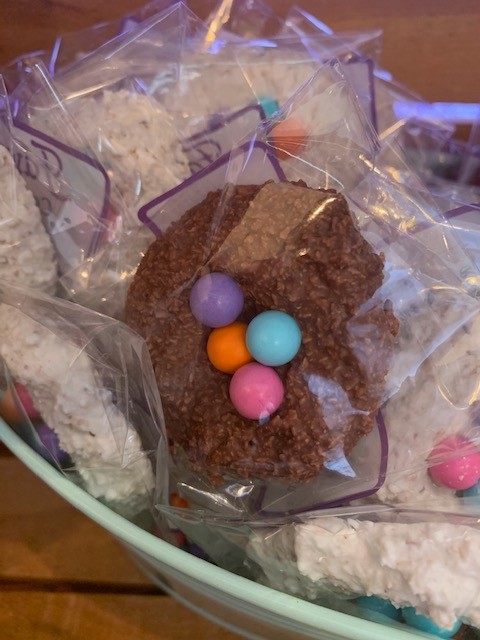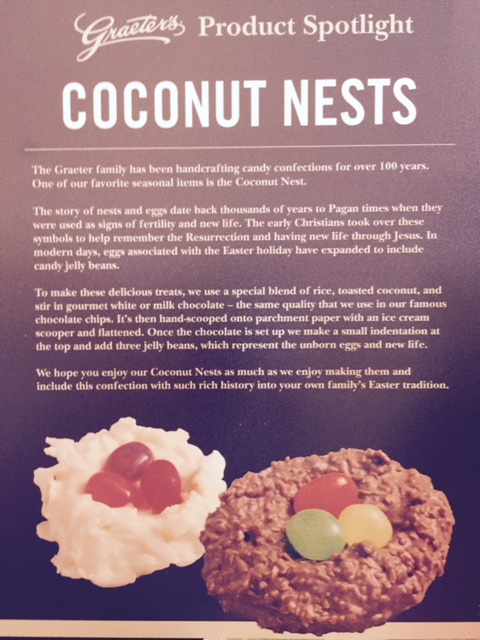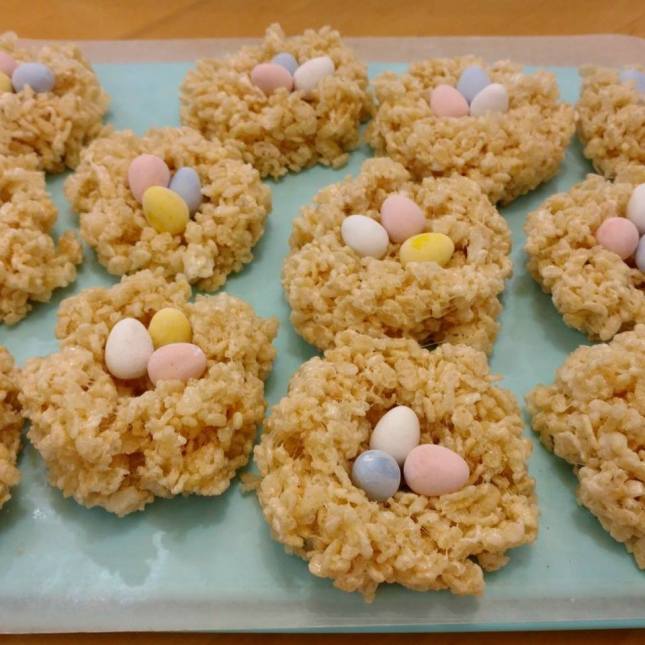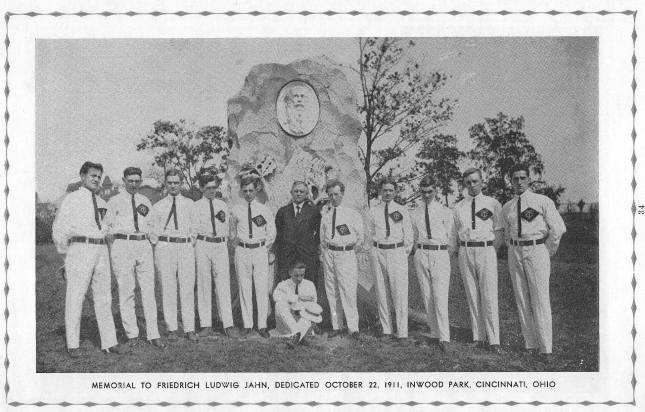
The sugar castle known as Café Kaiserschmarrn at the Weisn at Munich’s Oktoberfest.
Yesterday we learned from German officials that the 2020 Oktoberfest in Munich is cancelled. The world’s biggest party will not happen, and that means millions will not be able to eat it’s favorite dessert (and perhaps also the world’s most employed hangover cure) – the Kaiserschmarrn. It’s so popular the dessert has its own tent, called Café Kaiserschmarrn – hosted by legacy Munich confectioners (since 1883), Gerhard and his son, Magnus Müller-Rischart – where visitors can watch the fruity, spongey pancake being made in an oversized cast iron pan. One can also get an assortment of breakfast and sweets – scrambled eggs, honey roasted ham, fruit salad, yogurt, crossaint, and a glass of OJ or prosecco. Although beer is not available in the Café, one can get a ‘hair of the dog’ caipirinhas or an elderflower liqueur spritz from northern Italy called the Hugo. House band Magic Sound plays to the free distribution of a multitiered wedding cake every day in the Café at 2 PM (to celebrate the 1810 wedding of Ludwig von Bayern and Princess Therese von Sachsen-Hildburghausen) and hosts the world’s largest Over-40 Party. I’m thinking about throwing my 50th there in a few years, once this is all over.
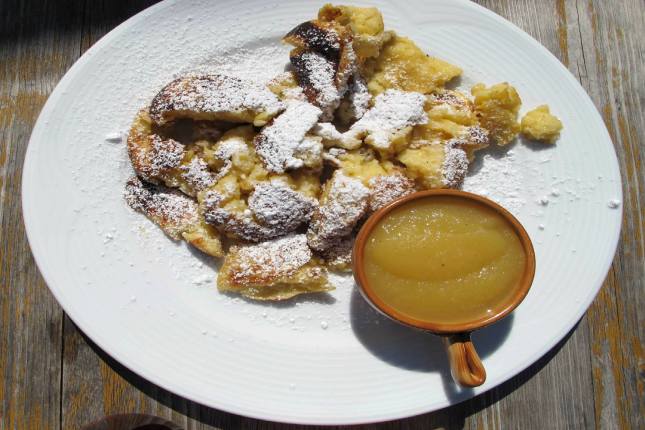
But the Kaiser in the name doesn’t refer to the German Kaiser. It literally means the Kaiser’s Mess – because it is a spongy crepe-like pancake with rum soaked raisins that’s torn apart, caramelized in a hot pan, sprinkled with confectioners’ sugar and served with applesauce and plum compote. The Kaiser refers to the Emperor Franz Joseph of Austro-Hungary, for whom it was created. And it just happens to be one of three Kaiser-fave desserts that were served at pivotal meetings which shaped the Germanic empire in 1848, 1870, and 1917. Many origin stories of the Kaiserschmarrn exist. One popular one is that Chef Leopold created it as a light dessert for the weight watching Empress Sisi (Elizabeth of Austria), but she didn’t like it. Franz Joseph asked to taste it, he liked it and it was named for him.

The Berliner Palace where in 1870 Franz Joseph introduced Kaiser Wilhelm I to his fave dessert.
When Franz Joseph visited the German Kaiser, Wilhelm I, at his Berliner palace in 1870 during the Franco-Prussian War, legend says he asked the German Kaiser’s chef to bring him the dessert, which he used to show how he thought Germany should defeat Napoleon III’s French army and gain Baden Wurtemburg, Alsace Lorraine and Bavaria, forming a unified Germany, all of which happened in 1871. Once the Kaiser’s chef arrived with the ingredients of his favorite dessert Franz Joseph began his explanation:
“Now, Wilhelm, the pancake is the remainder of the French army. The first thing you do is, you take your big cannons made by Krupp, and use them against the French, who only have canons that can fire 2km, am I right?“ Kaiser Wilhelm I nods his head in anticipation. Then Emperor Franz Joseph, using a spoon full of rum soaked raisins, sprinkled them dramatically over the pancakes to symbolize cannonballs. “You shoot until there is no more return of fire”, continued Franz Joseph. “After this you come with your battalion and your fast guns – da da da da!” And with another spoon he took the white sugar powder and coated the entire pancake. The Emperor took the knife and the fork and began to cut the pancake quite frantically. “The French army is finished – smashed to pieces, you see! But now, my dear King Wilhelm, what do you do next?”, questioned Franz Joseph as he took a spoon full of the plum jam and mixed it in with the pancake on the East side of the plate. He takes a bite “Mhhhhmmmm, so good”, said the Emperor, “This section represents the area of Alsace-Lorraine, which you shall take from France for good. By the way, Wilhelm, this is my favorite dessert creation, which I call Kaiserschmarren. Please try!” The rest is history.
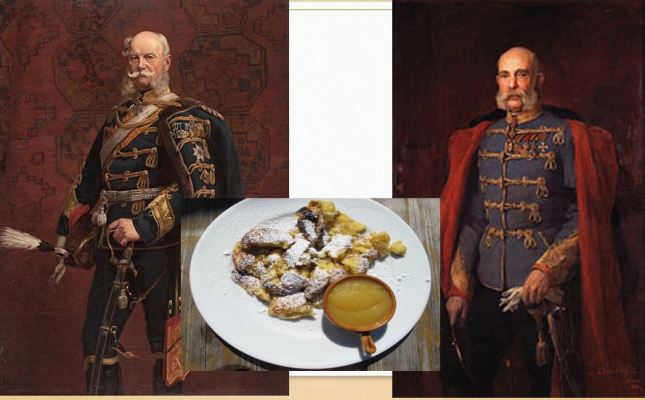
German Kaiser Wilhelm I (left) and Emperor Franz-Joseph of Austria (right) – his fave dessert (center).
Sadly, the Kaiserschmarrn never became popular in Berlin. Much more hip was the Berliner jelly filled donut, popularized by President John F. Kennedy’s “Ich bin ein Berliner” speech there in the early 60s.
Now Franz Joseph’s predecessor in Austro-Hungary, the Emperor Franz Ferdinand married Maria Anna of Savoy, but was unable to consummate the marriage because he had epilepsy, a result of many generations of Hapsburg inbreeding – the same reason for his extended Count Chocula forehead – see the portrait below. Because of this the Emperor’s younger brother Franz Carl was the heir apparent.
As the revolutionaries of 1848 (which brought many immigrants to Cincinnati) were marching on the palace, Franz Ferdinand is supposed to have asked his council what they were doing. When he was told it was a revolution, Ferdinand is supposed to have said ” Ja, dürfen’s denn des? or “Are they allowed to do that?” In a meeting with Prince Felix of Schwarzenberg (the Royal of the Germanic state of Bohemia) Ferdinand was convinced to abdicate in favor of his nephew, Franz Joseph who would occupy the Austrian throne for the next sixty-eight years.
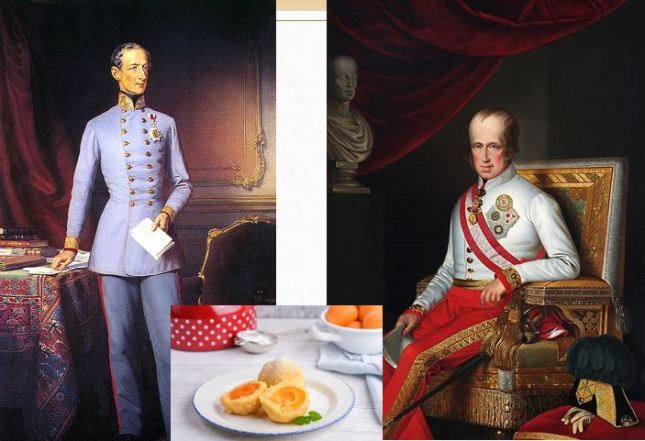
Prince Felix of Bohemia (left) and Emperor Franz Ferdinand of Austria-Hungary (right) and his fave dessert, Apricot dumplings (center).
Franz Ferdinand’s favorite dessert was apricot dumplings, called Marillenknodel, which was probably served at the above mentioned meeting with Prince Felix. Ferdinand is best remembered for his command to his cook: when told he could not have his beloved apricot dumplings, because apricots were out of season, he said, “Ich bin der Kaiser und ich will Knödel!.” – “I am the Emperor, and I want dumplings!”

German Kaiser Wilhelm II (left) and his favorite dessert – strawberry pudding (center) and Emperor Carl of Austria-Hungary (right).
Austrian Emperor Franz Joseph’s successor was his oldest grandson, Carl, who became Emperor of Austro-Hungary after his uncle, the Archduke Franz Ferdinand was assassinated in Sarajevo. During that first World War, on April 3, 1917, Germany’s Kaiser Wilhelm II hosted newly crowned Emperor Carl for a luncheon at his Homberg vor der Hohe Palace in Hesse. The two Kaisers sipped champagne, dined on chestnut soup, Rhine River salmon doused with Bearnaise sauce, whole roasted pheasants, and an unnamed dessert.
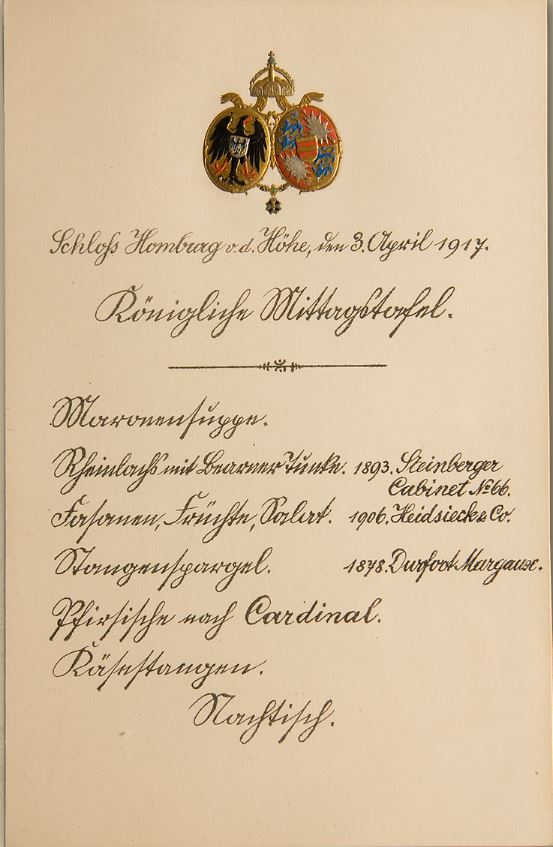
The April 3 1917 menu of the meeting of the Kaisers, in German Sutterlein script.
That unnamed dessert was German Kaiser Wilhelm II’s favorite dessert, a strawberry pudding called fraise Imperator, named for him by the chef of the Ritz Carlton, Auguste Escoffier, at a dinner in his honor about the newly christened Hamburg-American steamer the SS Imperator. The Kaiser was said to have asked to see Chef Escoffier the next day to thank him for the amazing version of his favorite dessert and said to Escoffier, “I may be the Emperor of Germany, but you are the Emperor of Chefs.”
Ritz and Escoffier’s famous Conversation Haus restaurant in the southern spa town of Baden-Baden had been a favorite spot of Kaiser Wilhelm II’s father, Wilhelm I in the 1880s, and Ritz made sure everyone knew about his visits!
The meeting between the Kaisers didn’t go well. Germany would have nothing to do with Austria’s suggestion to give Alsace-Lorraine back to the French (oye – again, another exchange of Alsace!!), and the first World War proceeded to its end about a year later. But we can attribute the shape of the country of Germany to three sweet treats made of apricots, plums, and strawberries.
If you want a good recipe for Kaiserschmarrn, buy the 2018 Germania Society Cookbook.
